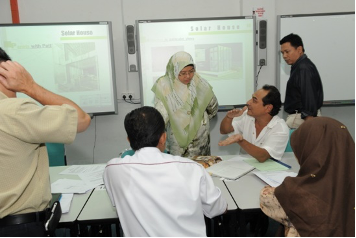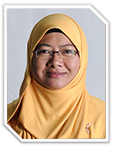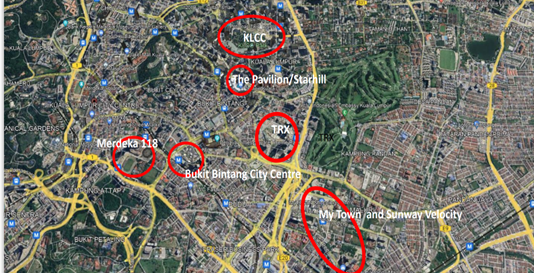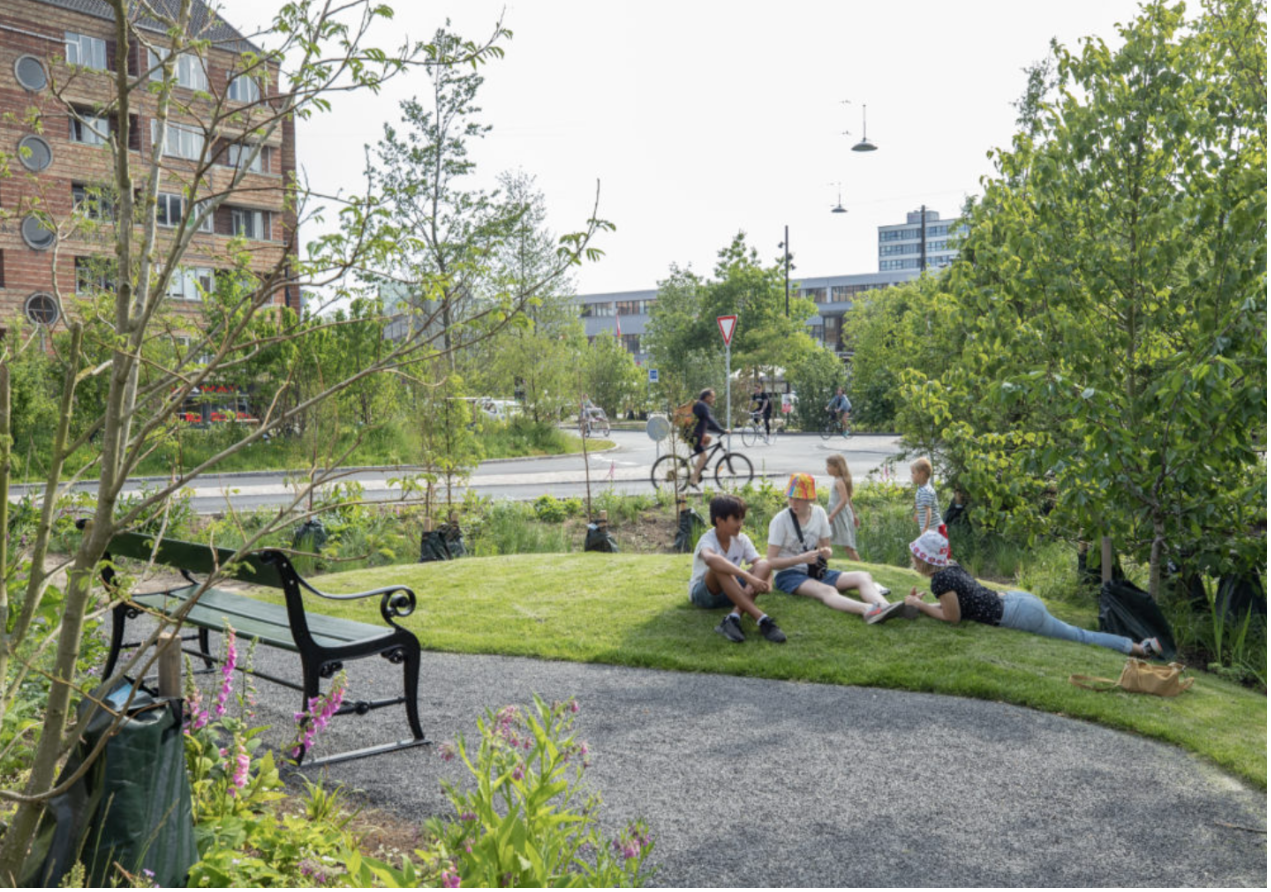A main contractor in San Francisco could not start building because there was an oak tree in one corner of the site. The water main connection was located in the same corner while the shortest pipe routing was designed into the building from that corner. The oak tree is the California State tree and the M&E engineer had to reroute all the external and internal works to conserve the oak tree at all costs. This design rework caused delay and additional costs to the client.
How could a huge oak tree went missing after the project received its development approval until realized when construction started?
The development plan was drawn during Planning Phase while the M&E drawings were prepared during Design Development Phase. More senior professionals came together at the earlier phase, but the team members changed in the next phase. On contrary, there were more junior professionals then who had focused their design development efforts in the building’s interior. They had overlooked the existence of the oak tree outside until the contract was awarded. It was the main contractor who raised the drawing discrepancy with on-site reality.
Ibrahim & Paulson’s (2008) Discontinuity in Organizations (D-I-O) theory explains that in a complex project development process, the multiple different teams working in different interdependent workflow processes will have high tendency to loose information when a process goes across tacit regressive sequential phases. It is critical for project managers to be aware of this discontinuous environmental factors, and more so, in large physical projects where ad hoc project teams work across several countries or locations.
A simulated discontinuous environment will come alive in two Integrated Project courses in the Master in Construction Technology Management program this October 2023. Students working in the Integrated Futures Studio will experience such environment even when the use of BIM and value management decision-making process try to mitigate potential information losses. In creating a learning environment closely similar to the Asian working culture, cultural lessons from Maszura & Ibrahim (2020) are planned into the curriculum where students will experience managing collaboration among different professionals in Asia.
References:
Abdul Ghafar, M. & R. Ibrahim. (2020). Effects of Human Culture among AEC Professionals Towards Adaptation of Collaborative Technology in Industrialized Project Delivery. Int. J. of Digital Innovation in the Built Environment, 9 (1): 10103.
Ibrahim, R. and B.C. Paulson, Jr. (2008). Discontinuity in organizations: Identifying business environments affecting efficiency of knowledge flows in PLM. Intl. J. of Product Lifecycle Management, Vol. 3 (1): 21-36

Figure 1: Multidisciplinary team discussion on combining timber framing system on steel framing system.

Figure 2: Details of timber framing system on steel beams.
 |
Prof. Ts. Dr. Rahinah Ibrahim
Profesor
Fakulti Rekabentuk dan Senibina,
Universiti Putra Malaysia
|
Tarikh Input: 15/08/2023 | Kemaskini: 15/08/2023 | uswahhasanah
PERKONGSIAN MEDIA































